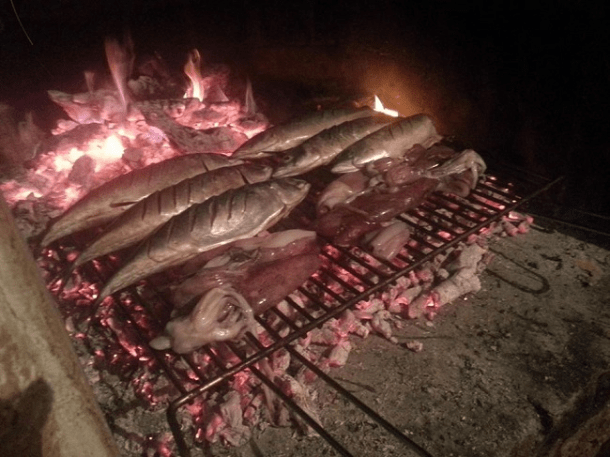Olive Picking Experience in Podstrana: A Short and Visual Story
October 22, 2021 - After patiently waiting a year for the next olive picking season, I encouraged myself to take a closer look at this tradition. The result? A beautiful day, a great experience, thousands of olives, new friends, and many, many photos!
A couple of weeks ago I wrote a reflection as a result of the two years since I arrived in Croatia. In it, not only did I want to share several anecdotes about that time, but I felt encouraged to list ten reasons why I believed that it could be easy for someone to adapt their lives here in Croatia, based on my own experience. If I could be able to summarize that article in a few words, I think I could do so by saying that Croatia is a country that successfully manages to harmoniously combine heritage, ruralism, and ancient traditions, with development, urbanism, and Western influence. It is a country where you can walk the elegant streets of Ilica in Zagreb or Marmontova in Split, as well as visit the fields of Slavonia or the vineyards of Istria, and not feel any kind of barriers or class gaps. It is, in short, a country for everyone.
There are many ways to prove to yourself that you have managed to adapt effectively to a new country: learning the language, making new friends, finding a job, buying a house, learning how to prepare a local dish, and more. But I feel that I personally cannot feel fully integrated in Croatia if I do not follow closely the activities and traditions that its people have carried out for hundreds of years. The great thing about Croatia is that there is a peaceful coexistence between these traditions and their respective industries (and in some cases, it can be exclusive to home production). In my country, on the other hand, many of these traditional activities are being displaced by large industries, such as consumer fishing, wine, or agriculture. However, it is not my intention to delve into a very complex topic that may require me to know about topics that I still need to learn more about. What I want to say is that in Croatia I find it very difficult for an activity inherited by generations to be interrupted by a dominance of the industrial sector, but rather that people can continue making their rakija, their wines, their olive oil, their harvests, and their fishing, with an authentic feeling of belonging and, at the same time, feeling fairly rewarded for their effort, as people here value highly their local and home-made products.
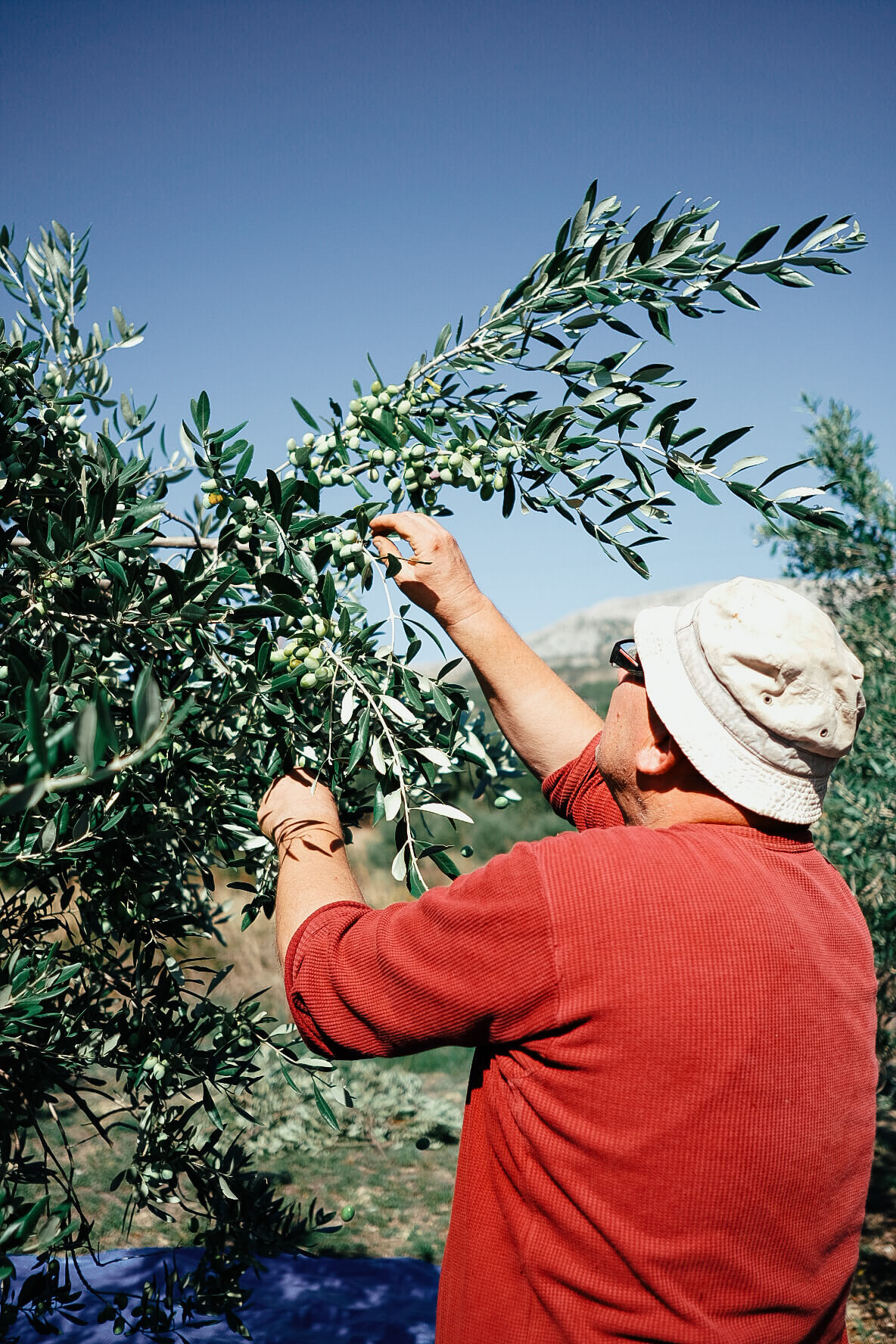
Olive oil, in particular, has always been one of the cornerstones in our kitchen at home, where my parents have always done wonders with its help. We were glad to know, when we moved, that in Croatia it was equal or even more important in their diet than in ours. It took us little time to recognize the high quality of Croatian olive oil. However, I was sad that after two years in Croatia and consuming its world-renowned olive oil, I felt so distant from the enormous process behind its production. I knew absolutely nothing about how olive oil is made, or about olive trees, or about olives. Nothing at all.
In Podstrana, where I live, I find myself surrounded by small fields of cultivation of apples, lemons, watermelons, cabbages, as well as olive trees. Throughout last year, especially at the end of the summer, I have noticed different people who come to take care of their crops, but few or no people in the olive trees. It was in October-November of 2020 that I saw people pick olives for the first time, and that's when I discovered that it was in fact the season. I felt like I had missed a huge opportunity (laziness and shyness won me over, not gonna lie) to get closer and learn more about olive picking. I decided that in the following season I would learn more about this tradition.

I patiently waited this year for October to arrive, and a few days ago I saw that they were picking olives in the distance. This time I did not hesitate, I took my camera and walked over to where they were. It was there that I met one of the kindest families from Podstrana. From the moment I introduced myself, I had never felt so well received by strangers, and they did not hesitate for a second to allow me to accompany them and document their work. For me, it was a great relief, since at some point I overthought that they would feel invaded by my presence both on their property, and in a time where they can share their privacy in a traditional family activity. But they didn't bother, and I think they were not only impressed and glad to hear me speak Croatian, but they may have been happy to see someone genuinely interested in learning more about olive picking.
The father, Jozo, dedicated almost three hours to telling me everything about his olive trees and olive oil, while he collected olives along with his wife and son. Jozo and his son Ivo educated me on the technique used to carefully extract olives from the trees, using a small plastic rake to ''brush'' the branches full of olives, as well as the high quality of these olives, called ''Levantin'', for the subsequent oil production process that would come later. The weather was perfect, as it felt like a summer day infiltrated in the fall, with a radiant sun that did not burn your skin. Still, the shadow of a twenty-year-old olive tree protected us. All you could hear was Jozo's endless but nourishing olive lessons, as well as these constantly falling like rain from the tree over the blue plastic carpet.
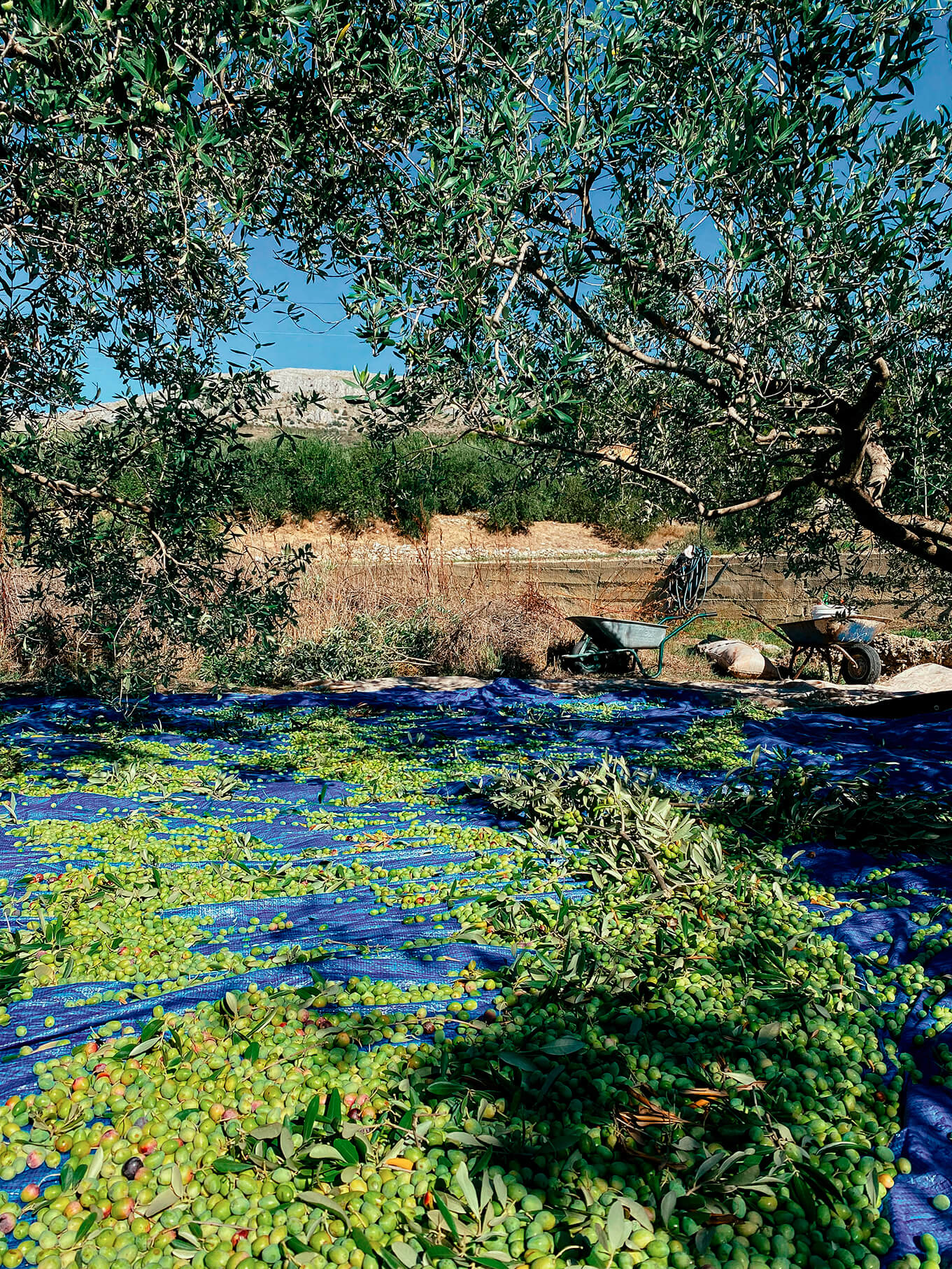
After three hours of a lot of learning and thousands of olives scattered on the ground, it was time to go and it was time for the family to collect all the olives in bags. It was a very fruitful afternoon for everyone, as I returned home with much more knowledge about olive picking as well as numerous photos and videos, and they returned home with almost 150 kilos of olives, from a single tree! According to Jozo himself, this particular year had been a very good one for his olive trees, and the gentle climate was key for them to produce so many olives.
Before I left, I exchanged phone numbers with Ivo, and it was there that I passed them the photos I had taken and, soon, a small short film that I will prepare about this particular experience of olive picking. They also promised me a bottle of their olive oil, which I look forward to trying soon.
It has been one of those (few) days and anecdotes in which I return home with a real smile, and that reminds me of how right my decision to come to Croatia was, and how close I am to being able to adapt to this beautiful country. If there is one thing I am sure of, it is that I will not be able to die in peace without at least one olive tree in my future home!
Here are some pictures I took from this wonderful day of olive picking in Podstrana:
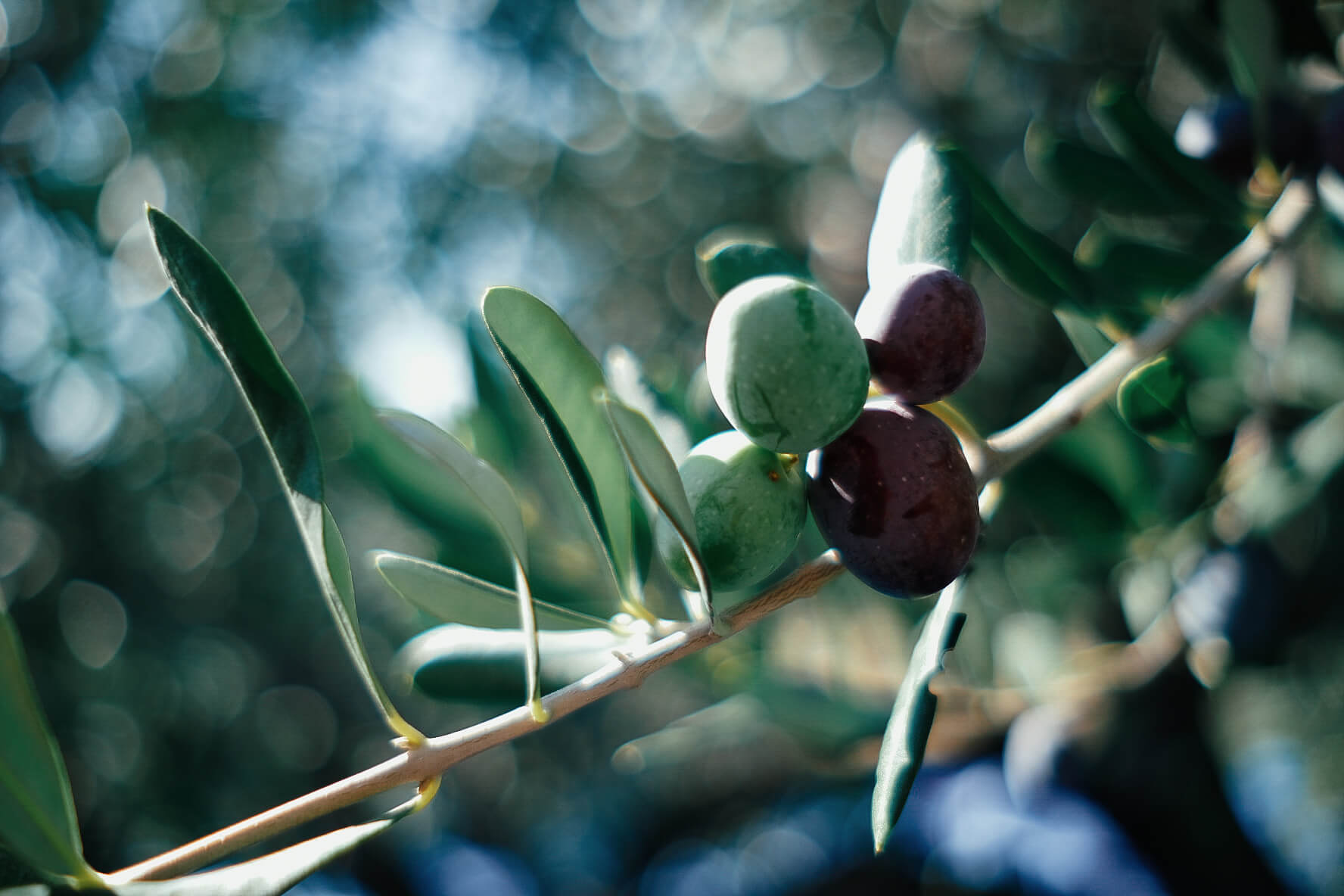
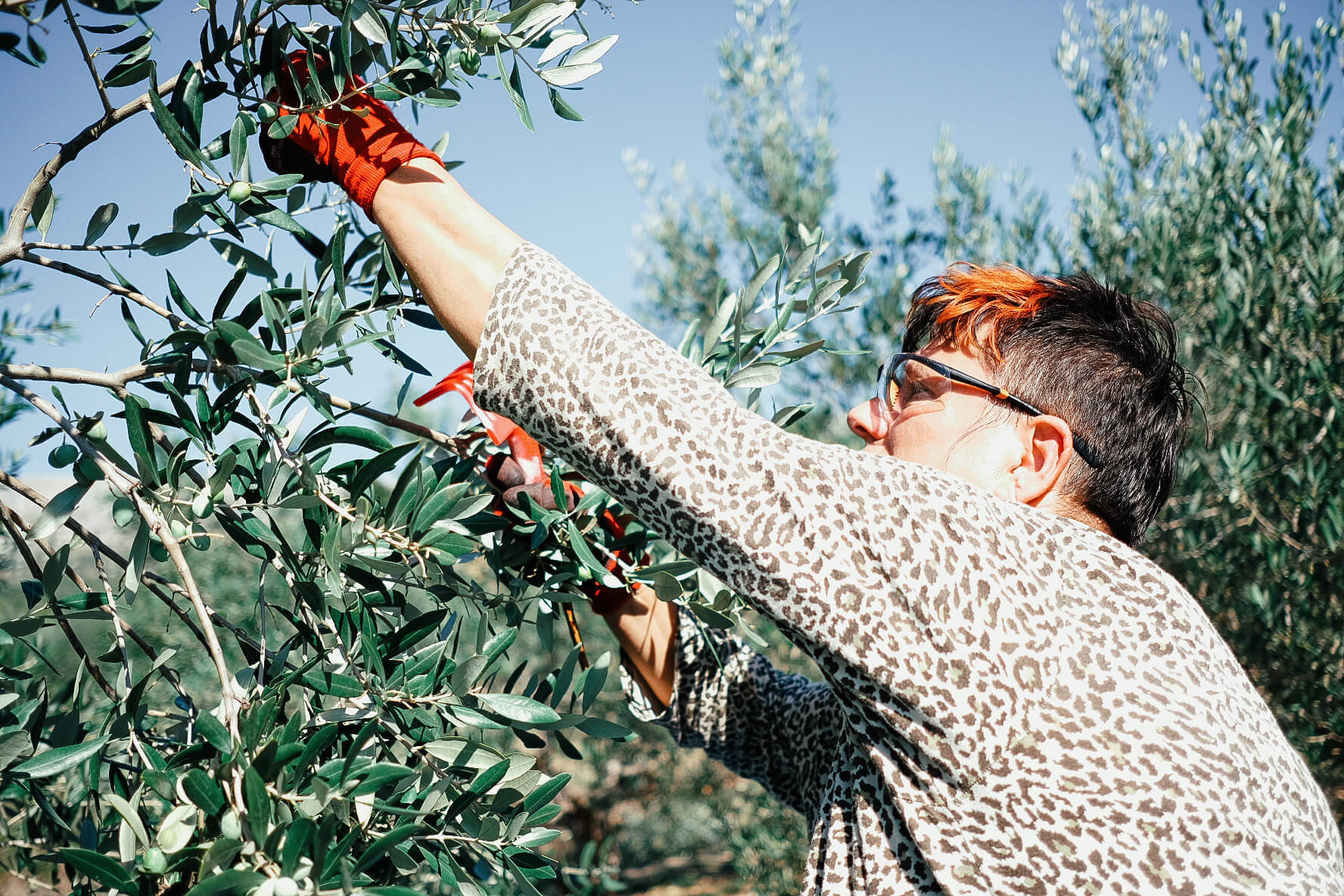
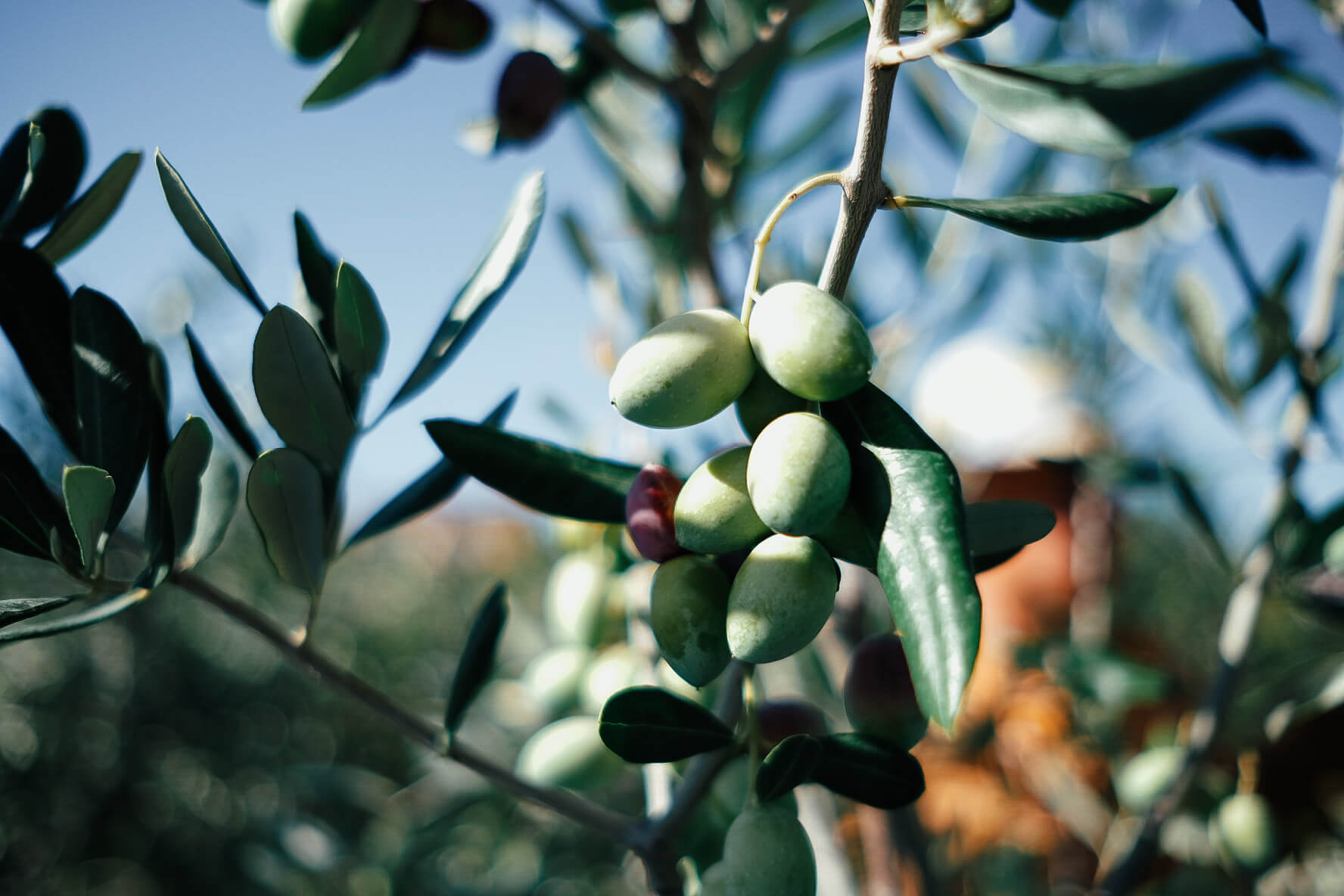
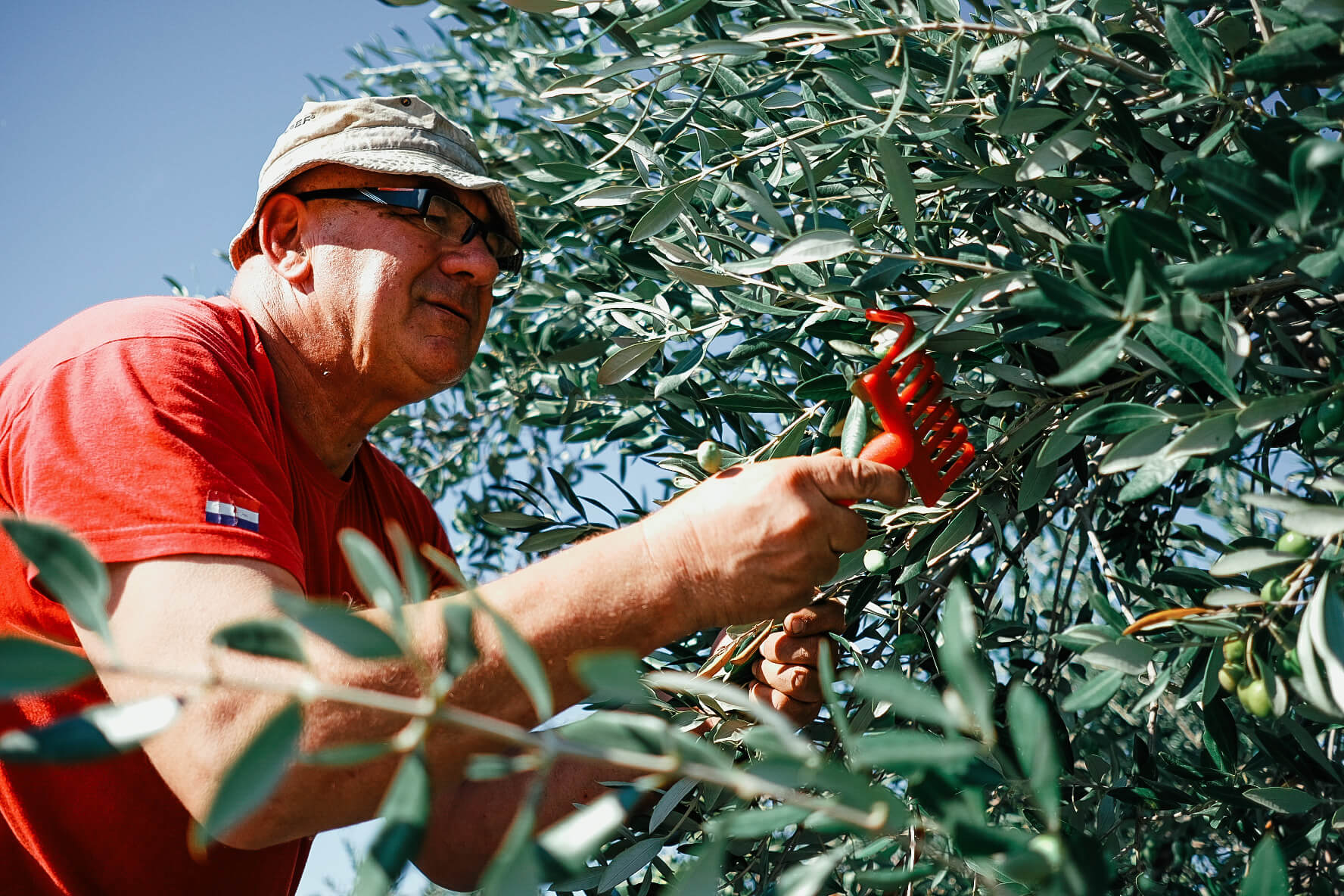
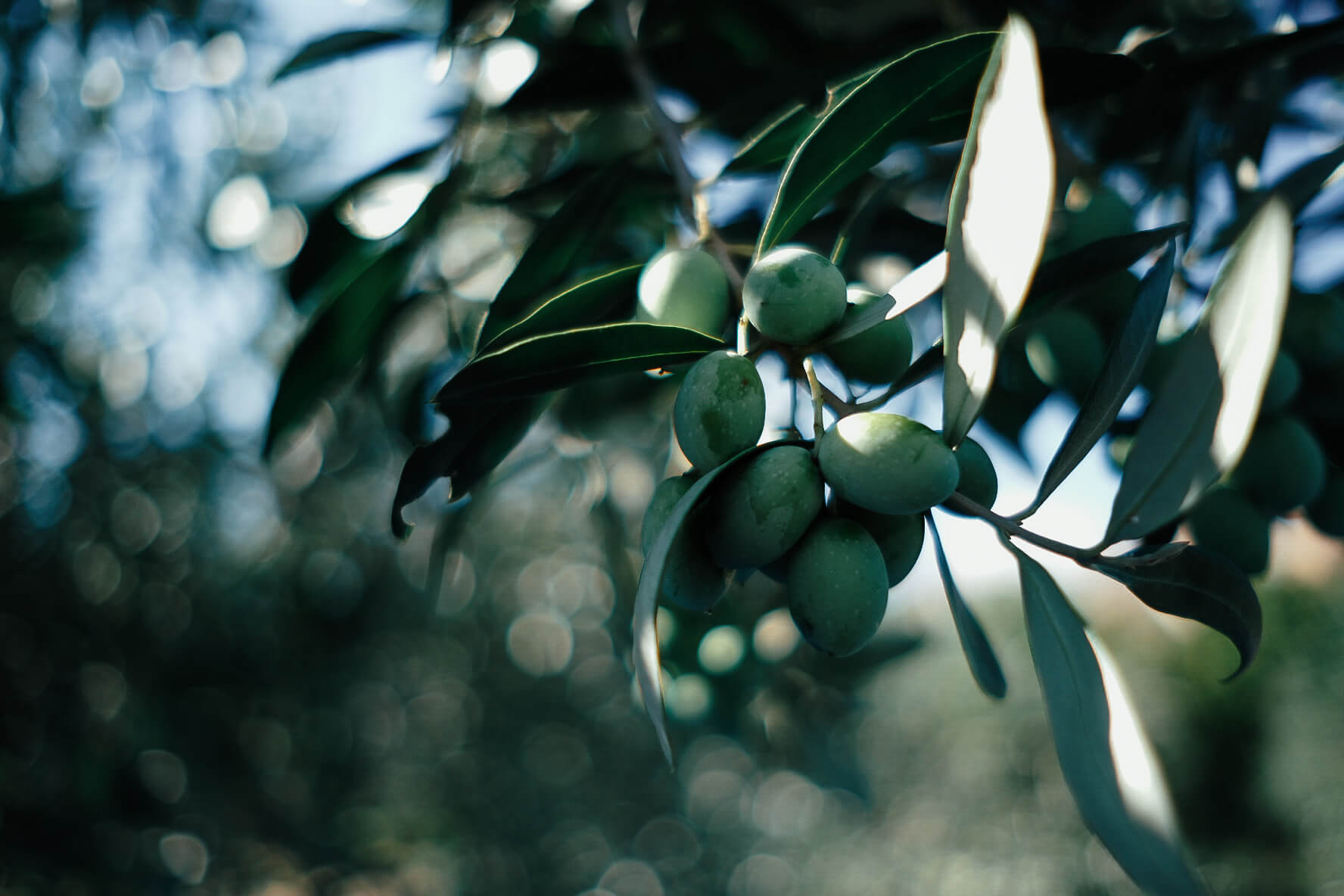
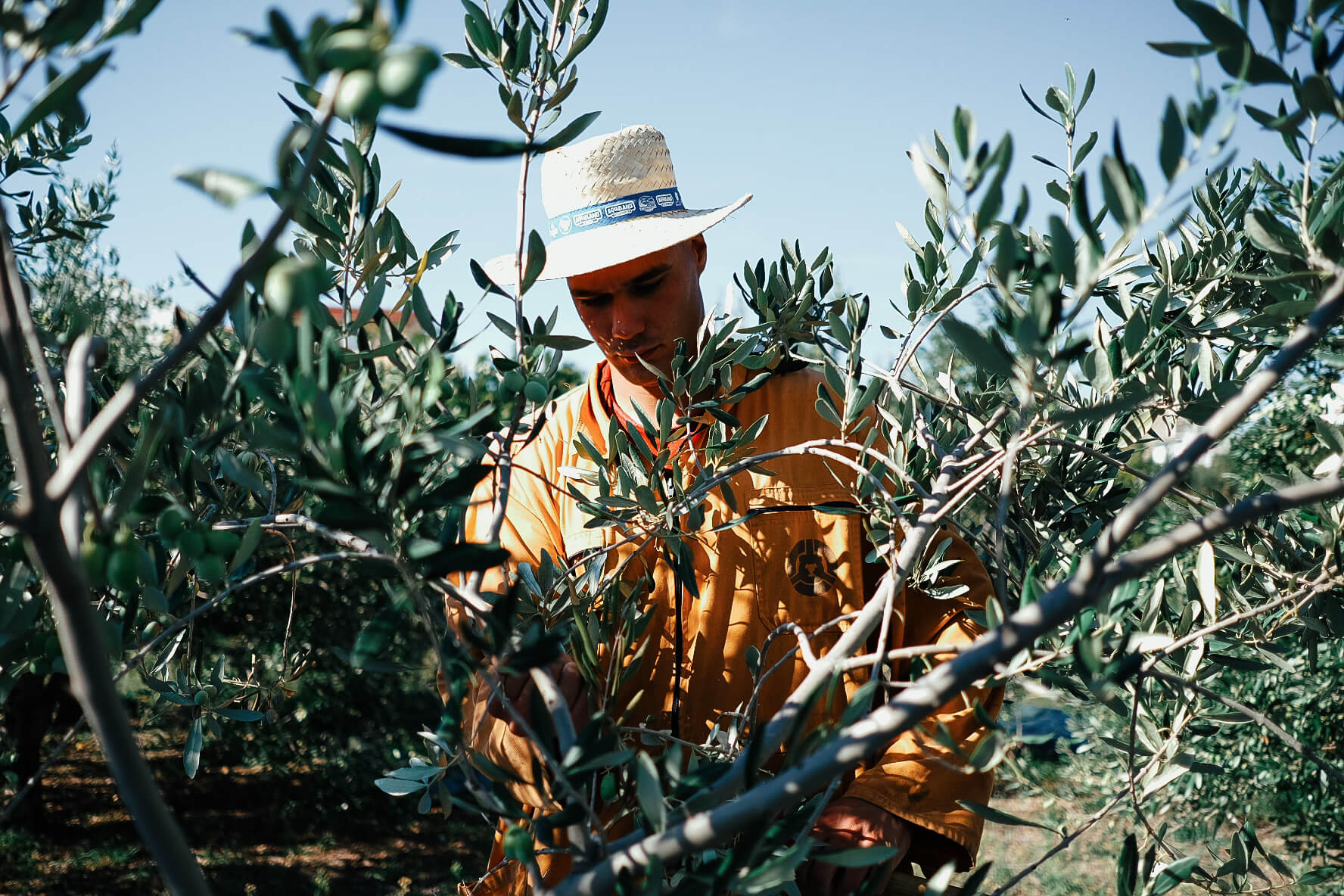
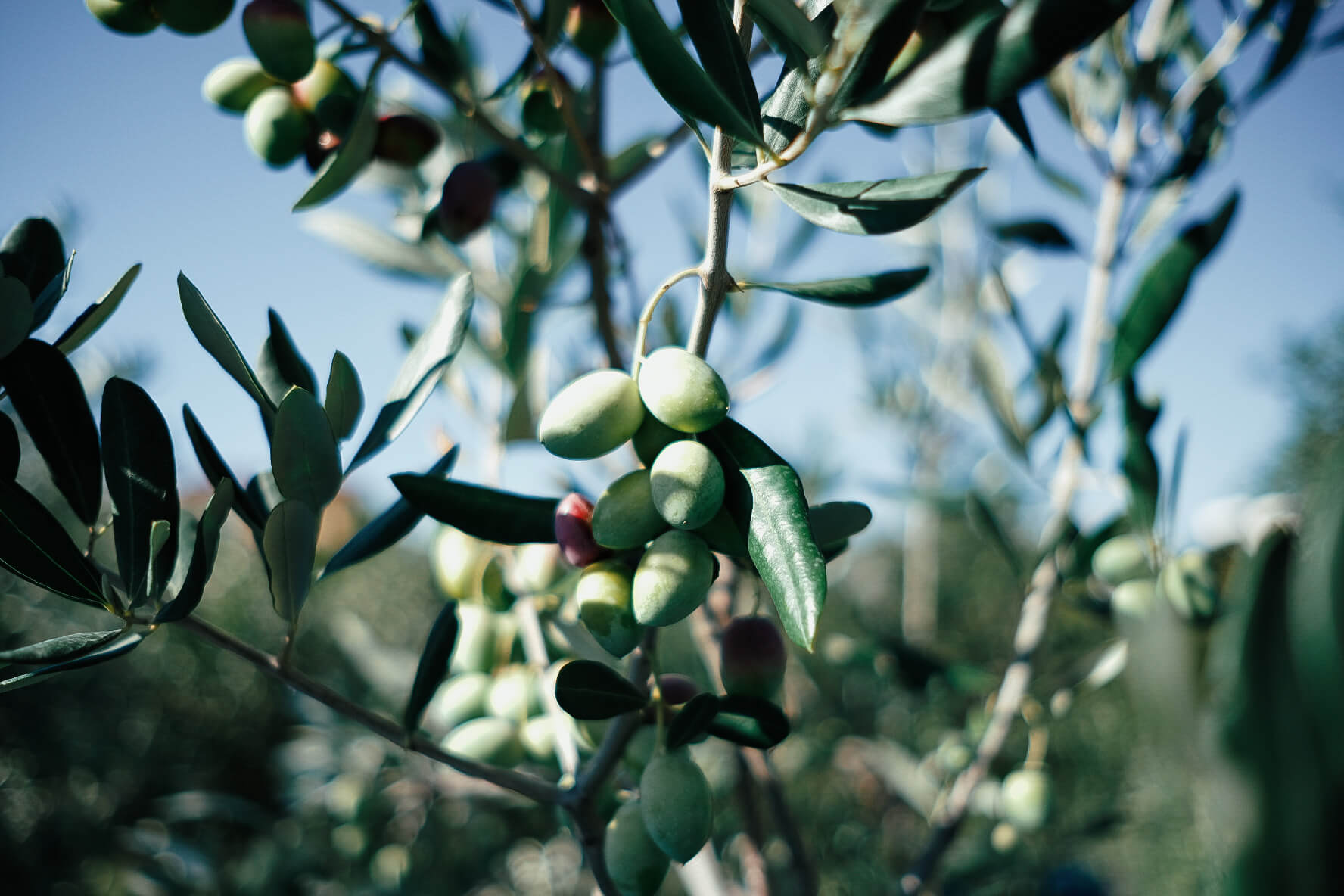

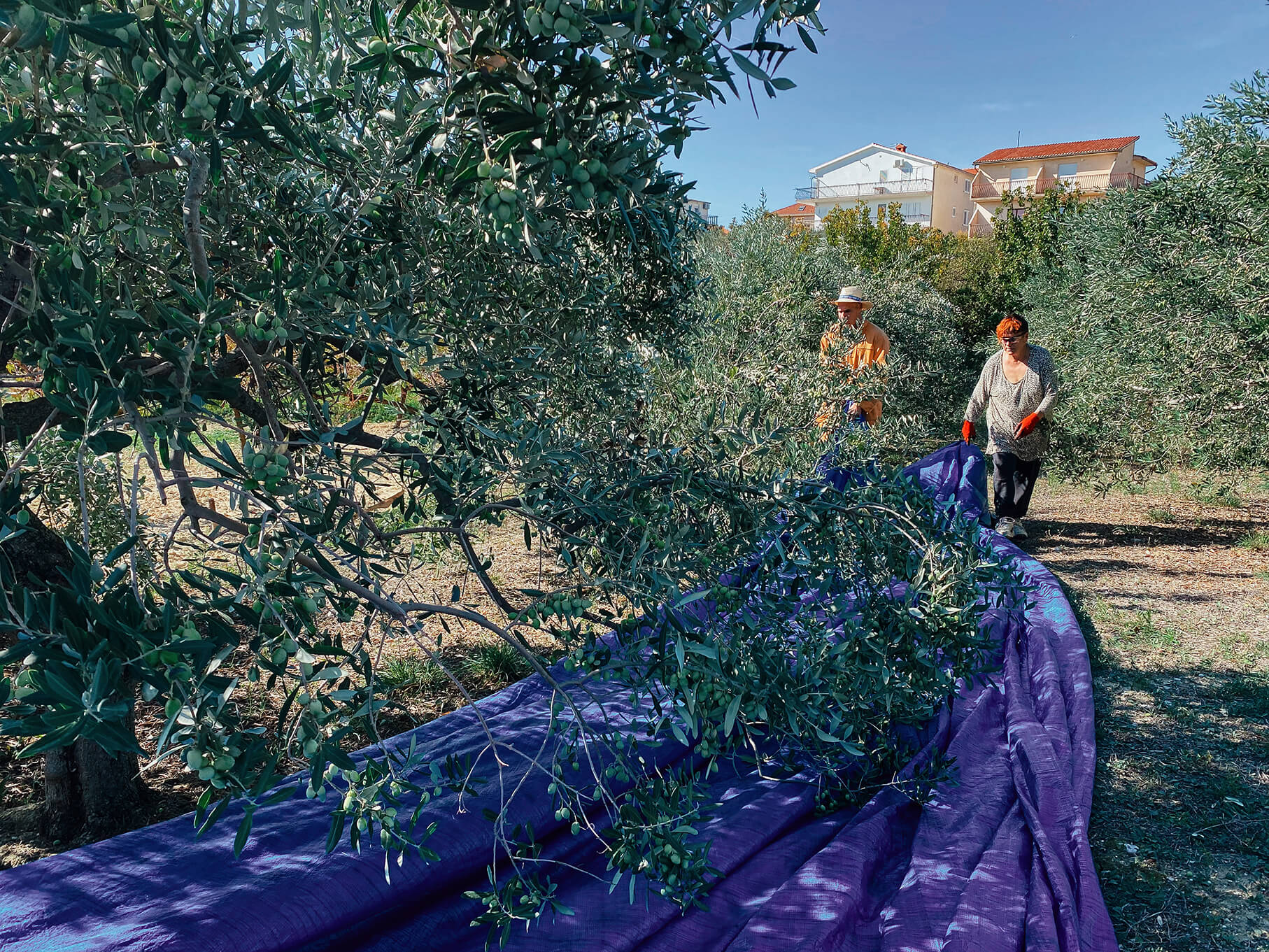

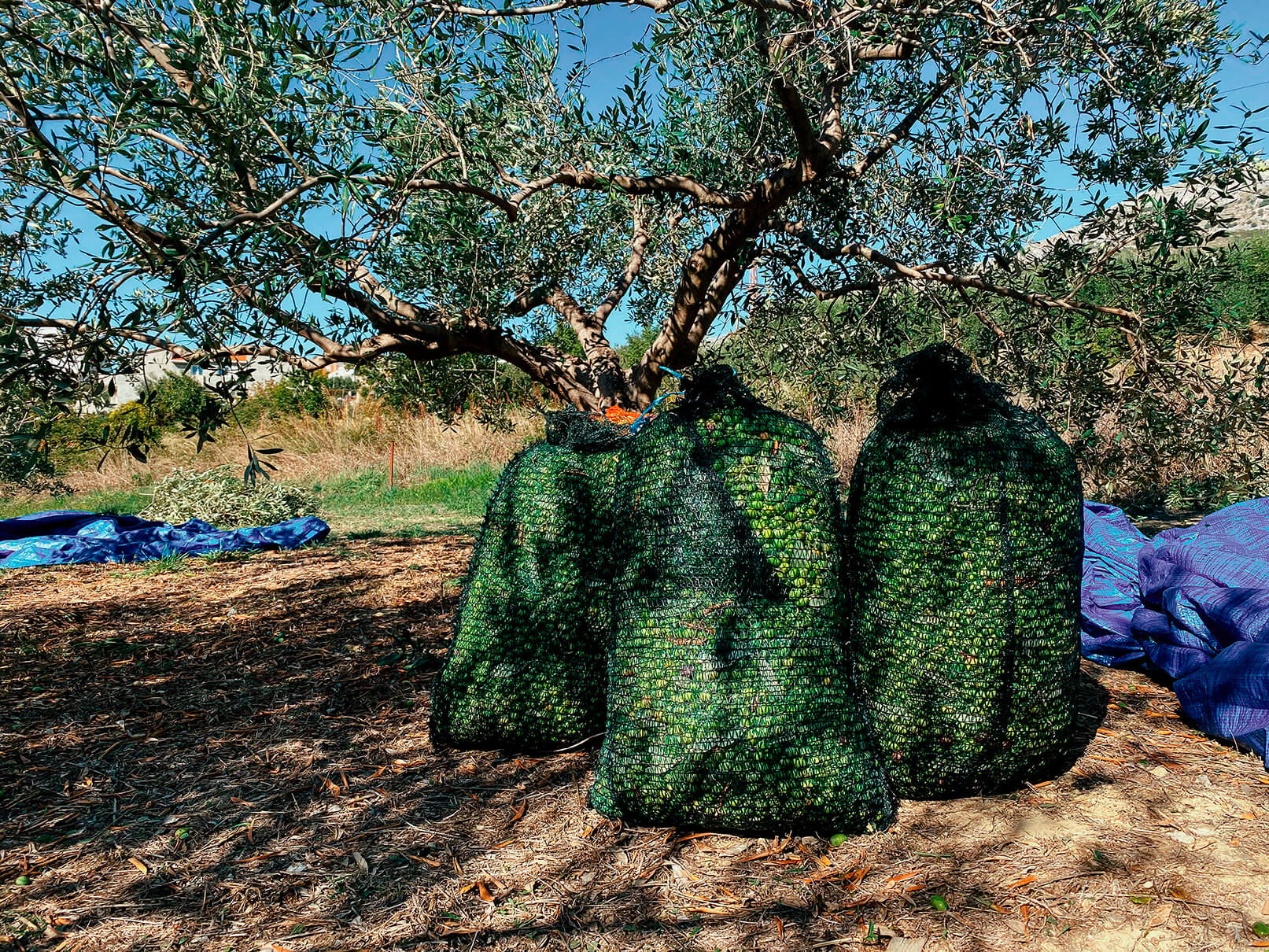
When it comes to olive oil, Croatia is one of the leading countries in the industry. From Istria to Dalmatia, you can find all the information you need to know about the origins, processes, and where to buy Croatian olive oil on the Total Croatia page, now in your language!
For more news like this, make sure to check out our dedicated lifestyle section.
Croatia Through the Eyes of a Digital Nomad: Social Gathering Alert, also Known as Olive Picking
November 12, 2020 - Continuing our look at the digital nomad lifestyle in Croatia, the month of November means only one thing - to the fields for olive picking.
In the spirit of age-old Dalmatian tradition, many families offer a home-cooked meal (probably Peka) and plenty of vino in exchange for some manual labor in their olive grove.
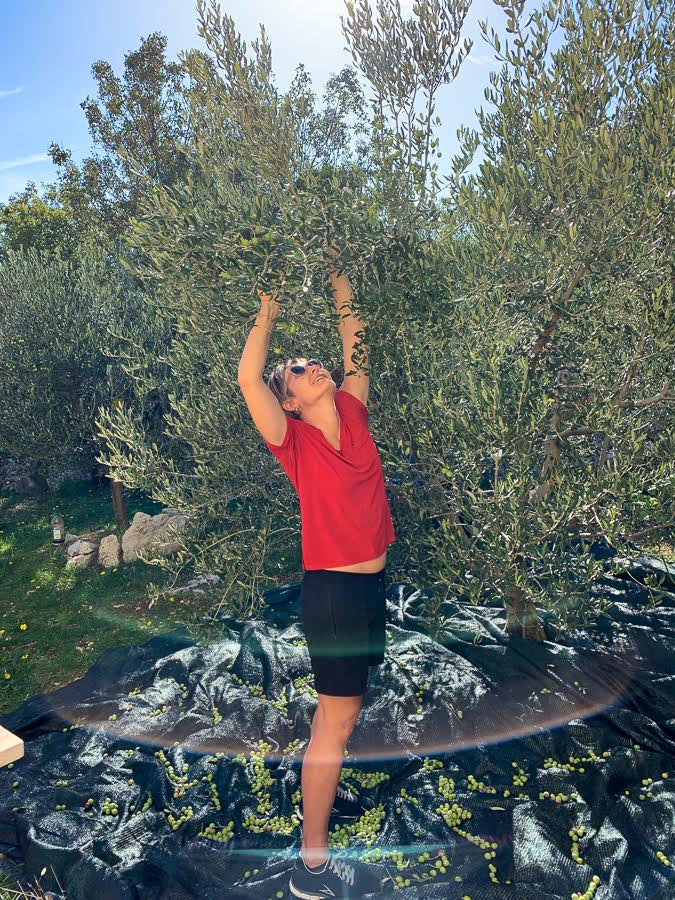
(Working beneath the tree, you have to be careful not to crush the fresh-picked olives on the ground near your feet.)
It’s pickin’ time! Growing up in New Jersey, I know a thing or two about harvesting, mostly the anticipation of delicious, fresh food right off the vine. The state’s motto, after all, is “The Garden State” and it harvests over 100 different types of fruits and vegetables. The official state food is the Jersey tomato. I don’t really like tomatoes but man, ours are super fresh, tender, and seriously good! And the little cherry tomatoes are downright addictive.
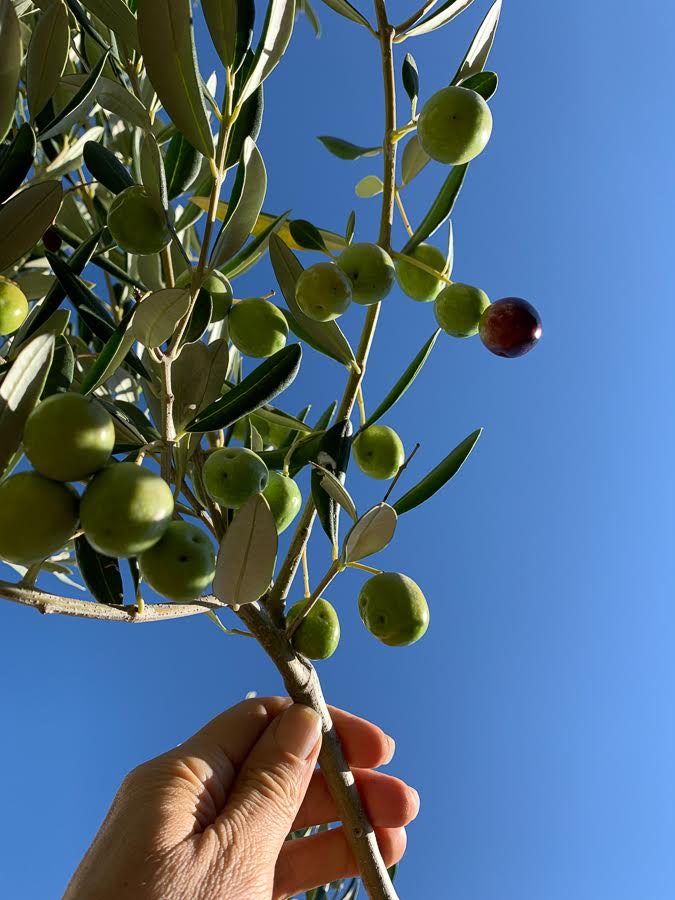
(Olive oil’s flavor depends on the color and ripeness of the olives when picked.)
Fond memories
Some of my fondest childhood memories involve picking fruit in the field with my family. My grandfather loved strawberries and come June we’d drive to the local pick-your-own farm. There’s nothing quite like getting your hands dirty in the strawberry patch on a sunny day and sneaking samples, one after another. Who could resist those juicy ripe jewels? Those were special times—talking, laughing, and gathering food we’d eat together. As soon as we got back home my mother pulled out her strawberry shortcake recipe and got to work. With the smell of shortcake baking in the oven, she’d gently mash the berries. When it was finally assembled, we all sat at the kitchen table and enjoyed a special homemade treat. Warm cake, like a sweet biscuit, layered and topped with a juicy berry mash was spectacular. Our vine-to-table experience lasted only a few hours, but it was some of the best bonding time a kid could wish for.
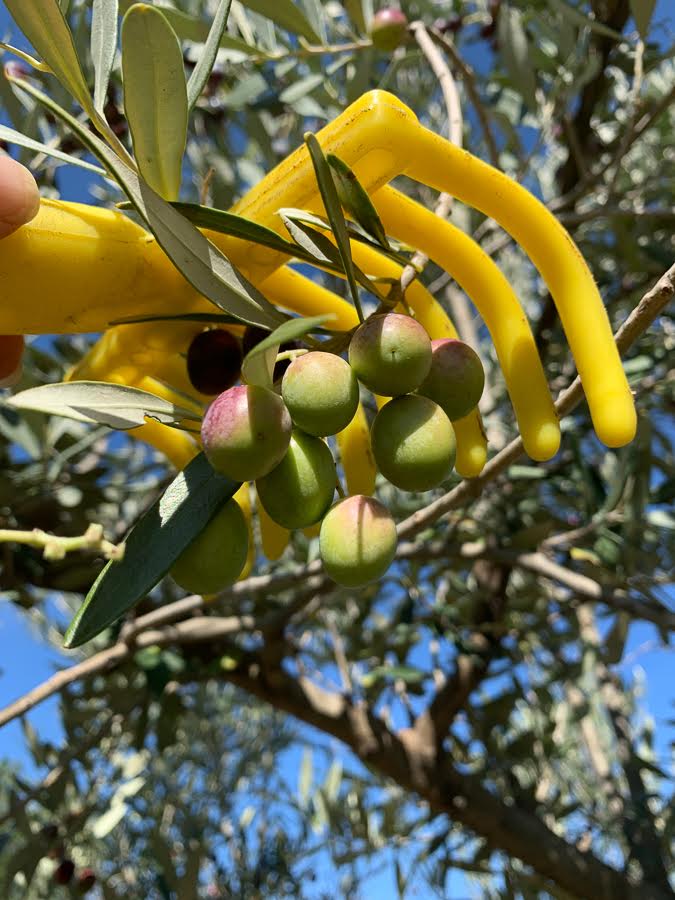
(A small hand rake is the only tool used on this family farm.)
Croatian harvest
A Croatian friend mentioned picking olives at her family grove and I jumped at the chance to help. Spending time with her and the family and enjoying a fun day outside had my name written all over it. I was also keen to experience this harvest tradition and learn more about Croatia’s olive oil—the liquid gold that’s key to Mediterranean cuisine.

(Placing tarps and gathering up the olives are other jobs on picking day.)
They picked me up in the morning and we drove to the family house in Trogir. Dad laid tarps around the base of the trees, like bibs, while Mom warned me about the sharp leaves. We started in the front yard and picked for several hours until lunch time. It was all done by hand, except for a small hand rake I used to reach the olives in the higher branches. Occasionally one of us would climb a tree and extend our bodies to the point of teetering just to get that patch of olives way up there. We shared stories and laughed.

(A fresh picked basket of olives, cleaned from stems and leaves, is ready to rest in a saltwater bath before going to the mill.)
In the background, slabs of beef were being grilled and green beans, potatoes, and other food was being prepared. By the time we sat down to eat, including plenty of local wine, we had conquered the front yard. Conversation around the table was filled with warmth and happiness.
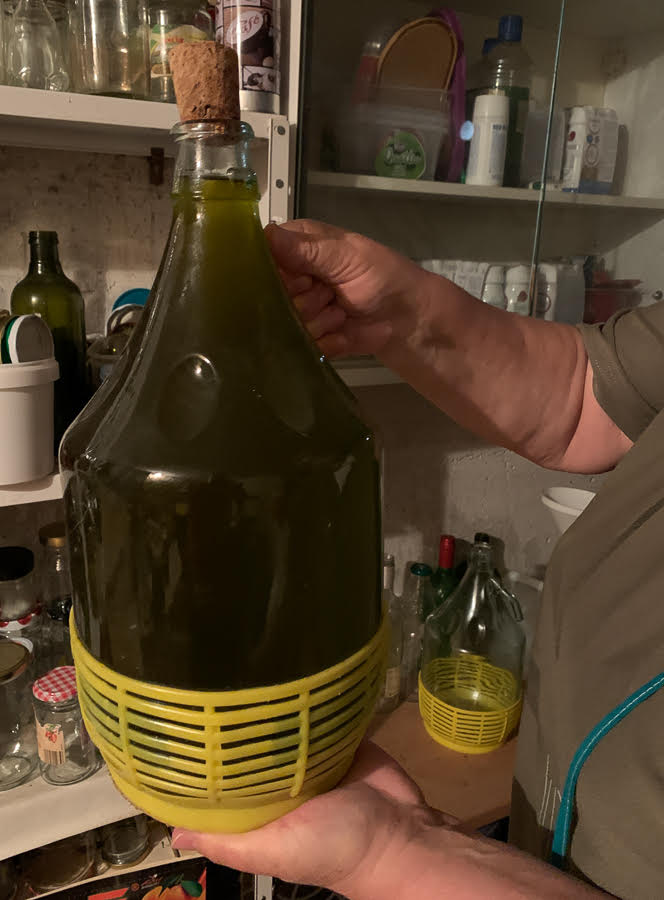
(Hand-crafted olive oil is typically stored in large bottles and kept in dark, dry places to retain freshness.)
With full bellies we went back to the field. I was eager to keep going and my goal was to finish as many trees as possible so the family would be ready for their appointment at the mill. Once you start harvesting the clock is ticking. You have to utilize the olives within three days of picking; if they sit any longer, they’ll oxidize and “sour.” We called it a day at 5pm, only because the sun was setting. We’d gotten through nearly half of the grove and glasses were raised to toast our strong effort.

(The olive tree is one of the heartiest trees on earth. It’s resistant to Croatia’s strong Bura and Jugo winds and temperature differences and it thrives in rocky terrain and salty atmosphere. An olive tree can live over one thousand years and occasionally bear fruit for centuries.)
Picking olive trees
Harvesting runs from August through November depending on the region, variety, and desired ripeness. All olives start out green and then gradually become rosy and finally black. Depending on the type of oil you’re making, a combination of all three may be used for pressing.
First, determine the flavor you desire. The earlier you harvest, the more bitter the taste. As olives mature, their flavor mellows. Larger olives have more oil but the content drops as the olives ripen. Green olives have a longer shelf life but tend to be bitter and take several months to mellow. If picking olives for oil, pick those with a light, yellow color. If picking olives to eat, pick green olives when they are mature but before they change color.

(An old stone mill at the Olive Oil Museum on Brač is a reminder of the hard, manual labor once used in production.)
The Olive Oil Museum
Earlier in the summer I learned about the history of olive oil production on the island of Brač at the Olive Oil Museum. Located in Škrip, the oldest village on Brač, this “oilery” was founded in 1864 and it processed olive oil for 100 years. In 1963 the mill closed shop when new technologies were introduced, namely the hydraulic press. It simply couldn’t keep up with modernization—the yields or the cost of new machinery.
The museum features the original old stone mill, a wooden spindle for pressing, and plenty of traditional tools decorating every inch of the walls and the ceiling, including funny looking goat skin bags that were historically used to transport the oil. Donkeys were strategic partners throughout the fully manual process and it’s an understatement to call olive oil production labor-intensive. To underscore the point, consider that you need 18 pounds of olives to yield one pound of oil.
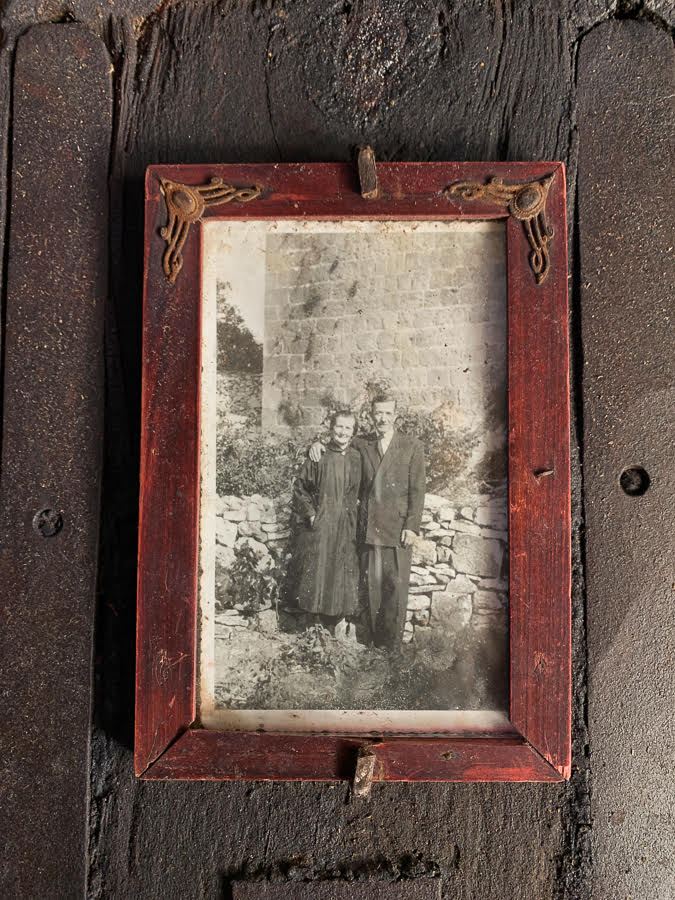
(A family photo from the early 19th century is affixed to the old stone mill in homage to generations of the family business.)
A very brief history of olive oil
Greece is credited as the first place to produce olive oil, around 2500 BCE when it was used as lamp fuel and in religious ceremonies in the Mediterranean. The oil appeared in cooking sometime during the 4th century BCE and in the Middle Ages, olive oil became an ingredient in soap and beauty treatments in Spain and France.
After all those centuries, it wasn’t until the 1960s that flavor became important. The introduction of the refined press transformed olive oil’s commodity status from a frying and cooking product into a delicious kitchen staple. Today we know it as a higher-end oil and a specialty good revered for its health and nutrition benefits.
In the 1990s, the International Olive Oil Council promoted olive oil as a key ingredient in the Mediterranean diet. In 2013, the Mediterranean diet was selected for the UNESCO List of the Intangible Cultural Heritage of Humanity. Interestingly, only seven countries endorsed the nomination and Croatia was one of them.
Taste
So how do you know what’s good? Place a taste of oil, not too much, under your tongue and inhale five or six times through your mouth. You should get a slight grassy taste and a pepperiness at the back of your mouth. Do you taste figs, lemons, or something fruity? If so, it’s fresh. The way to judge olive oil is on smell and taste, not color.
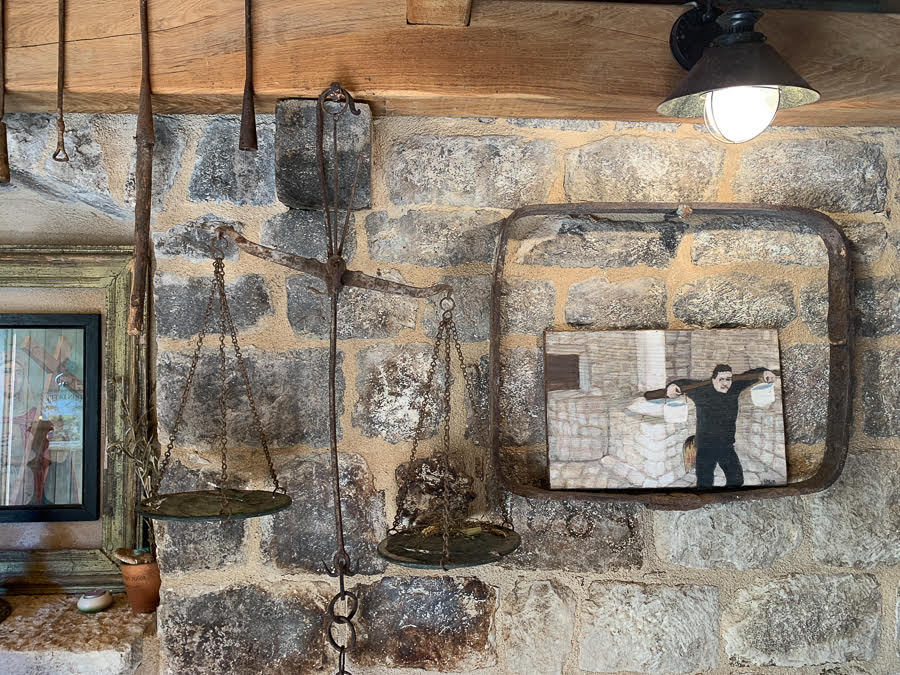
(The Olive Oil Museum displays paintings by academic painter Hana-Marta Jurčević Bulić that depict an earlier harvesting lifestyle.)
A superior product stays in Croatia
I’ve asked why, with so many trees and a superior quality product, Croatia doesn’t export its olive oil? One answer is that small batches are too much work and can’t bring a good enough return. The vast majority of Croatian producers are small farmers producing enough oil for their families and maybe some gifts. Another answer is probably closer to the truth—property here is chopped up so small that there’s no real opportunity for anyone to go big. I was told that in fact, Croatia imports olive oil to keep up with demand. That’s crazy.
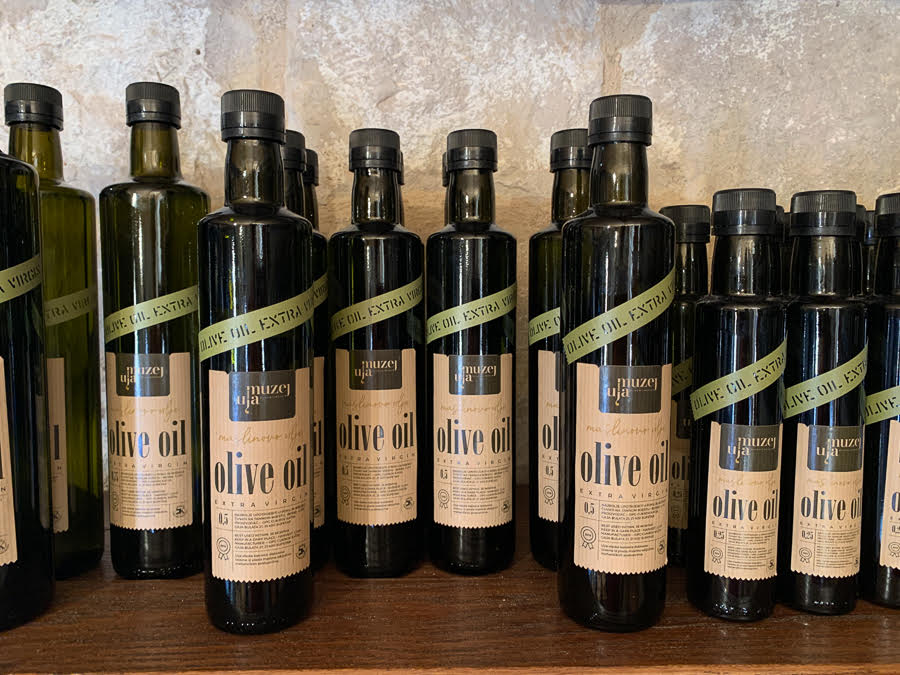
(Olive oil is a core component of the Mediterranean diet and it’s highly valued for its beneficial health qualities. The two most popular types are extra virgin olive oil (EVOO) and ordinary virgin olive oil.)
Nobody gets paid
There’s a lot to be said for Dalmatia’s cultural heritage and olive oil is a centuries-old foundation of life. The history of olive oil shows that people work hard to maintain their traditions as part of their ethnic identity and more recently to support their health and well-being.
Although modern machines and processes have galvanized the olive oil business at large, most Croatians are local farmers for whom the production of oil is a labor of love. It brings feelings of bonhomie and vitality. The reward is the joy of being in nature and a part of the magnificent countryside, having some fun, and sharing a lovely bonding experience with friends and family.
Learn more at TCN’s Digital Nomads channel.
Story and photographs ©2020, Cyndie Burkhardt. www.photo-diaries.com/
For more of Cyndie's experiences, check out her Croatia Through the Eyes of a Digital Nomad column.
Natural Stress Relief: the Olive Harvest in Dalmatia
November 3, 2019 - Every Dalmatian has one eye on the olive grove in early November - and British sons-in-law are no exception. The natural stress relief of the olive harvest.
There are few finer things in life to be than a Dalmatinski Zet, or Dalmatian son-in-law. I have a legendary Punica, mother-in-law who takes great care of me as well as my wife and kids, and a hard-working father-in-law, or Punac, whose produce from the field has restored my faith in the quality of food after being raised on the fruit and veg of the supermarkets.
My Punac has long ago given up on the hope that his British zet would be a man of the soil such as he is, and no demands are made of me, but there is one time of year that I try my very hardest to be available with the family - the olive harvest.
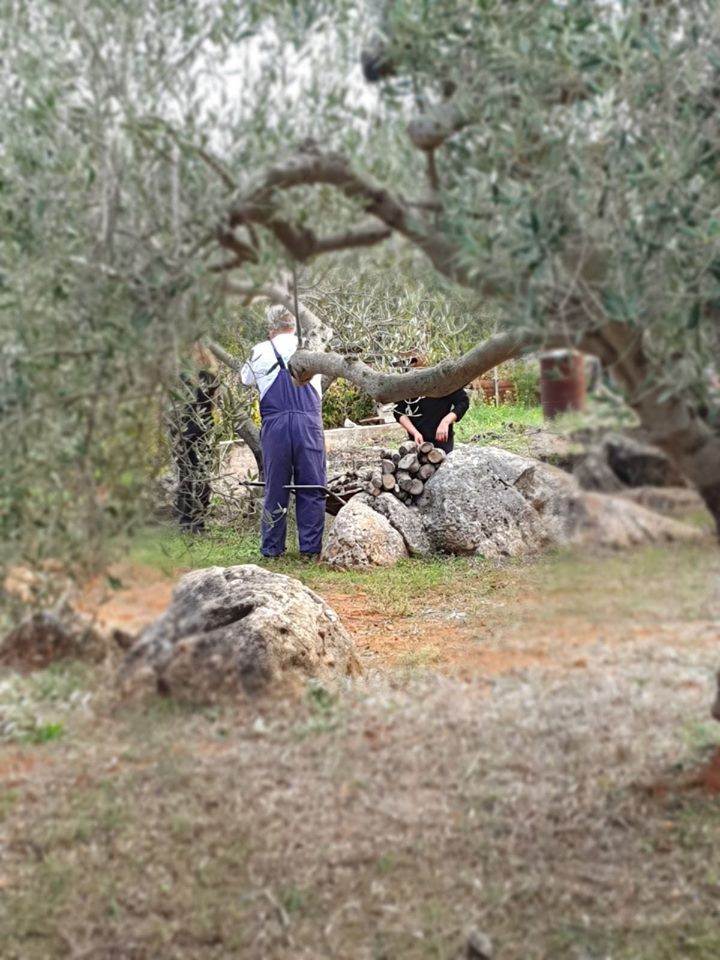
(Photo Taliah Bradbury)
In addition to all the other fresh goodness that comes daily from the family field, my Punac's 80 olive trees provide the family with enough of this precious Mediterranean liquid gold to supply the family for the entire year, and often longer. When all four kids lived at home, cheap labour was abundant for the annual pick of in excess of two tons of olives a year.
But as the kids flew the nest to university and then jobs and families elsewhere, the olive harvest became a little harder to coordinate in terms of assembling the workforce. All the kids have the harvest in mind, even if they cannot be there themselves. It is a trait I noticed in Dalmatians in Zagreb years ago - late Autumn meant olives, and successful business executives would head to the coast and islands and put on their work overalls to be at one with their olives. It is a serene atmosphere, and my daughter caught a little of the atmosphere in the video above (when she should have been picking...).

Three of the four siblings made it to the field for this year's harvest, with the other trying to claim he was with us in spirit by sending a photo of him sitting eating an ice cream on the water in New Zealand while reading Total Croatia News.

And so to work. With a less reliable pool of workers than previously, there was a major change to the olive picking lineup last olive harvest, as my Punac introduced a machine to replace the previous hand-picking 'technology' which had ruled for generations. The two-pronged machine shook the branches gently, encouraging the olives to drop to the sheet on the ground.
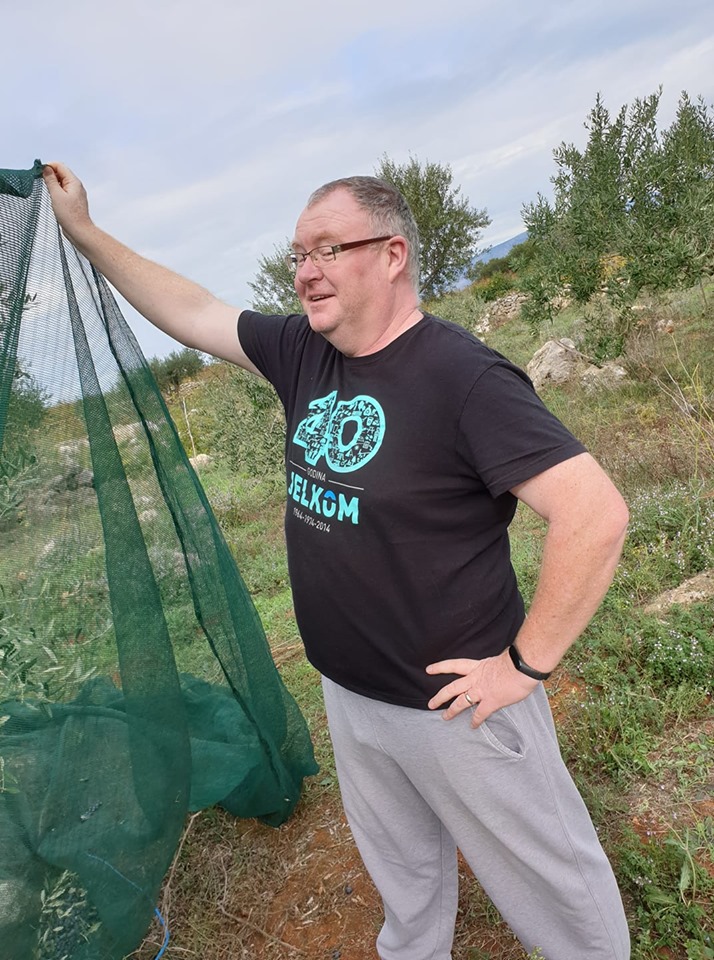
Maybe it is not a technique for the purists, but it is very effective. Not all olives drop to the ground, of course, and an important component of the support workers is to hold the net high. This is as much as act of self-preservations against flying olives hurtling to your face as an attempt to capture all of the olives. Do some olives escape the net? Absolutely. Is the picking time considerably reduced? In a way you wouldn't believe. What had been previously up to 2 weeks of picking was reduced to over two tons of olives in just over 3.5 days in early November sunshine. Final olive oil litre count is expected to be about 250 litres, more than acceptable.
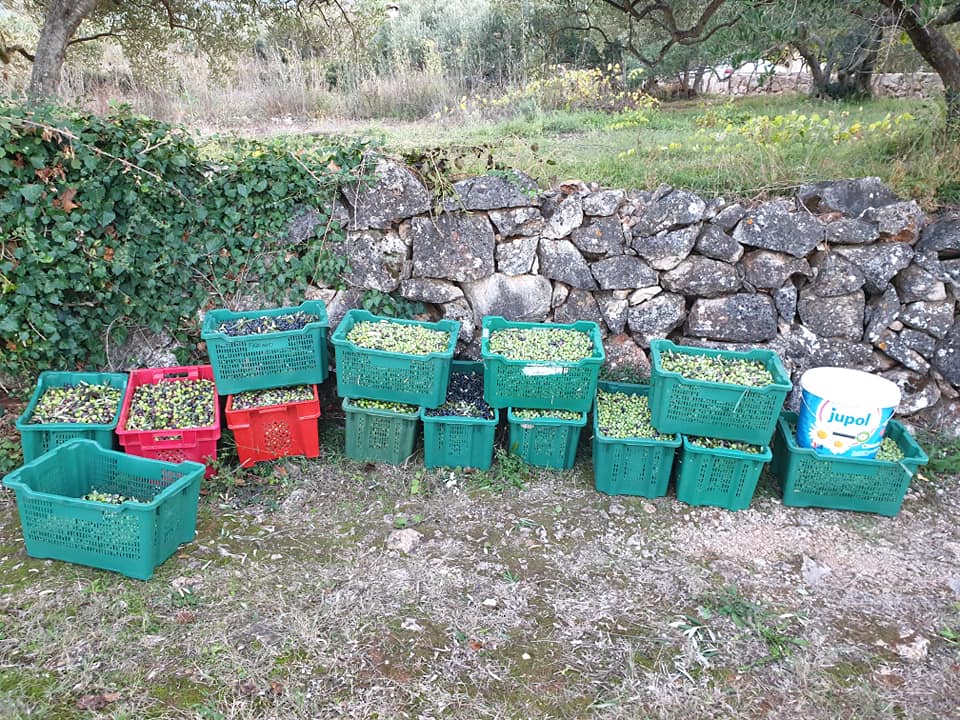
Here is the bulk of the day's olive harvest - we managed about 20 crates a day.
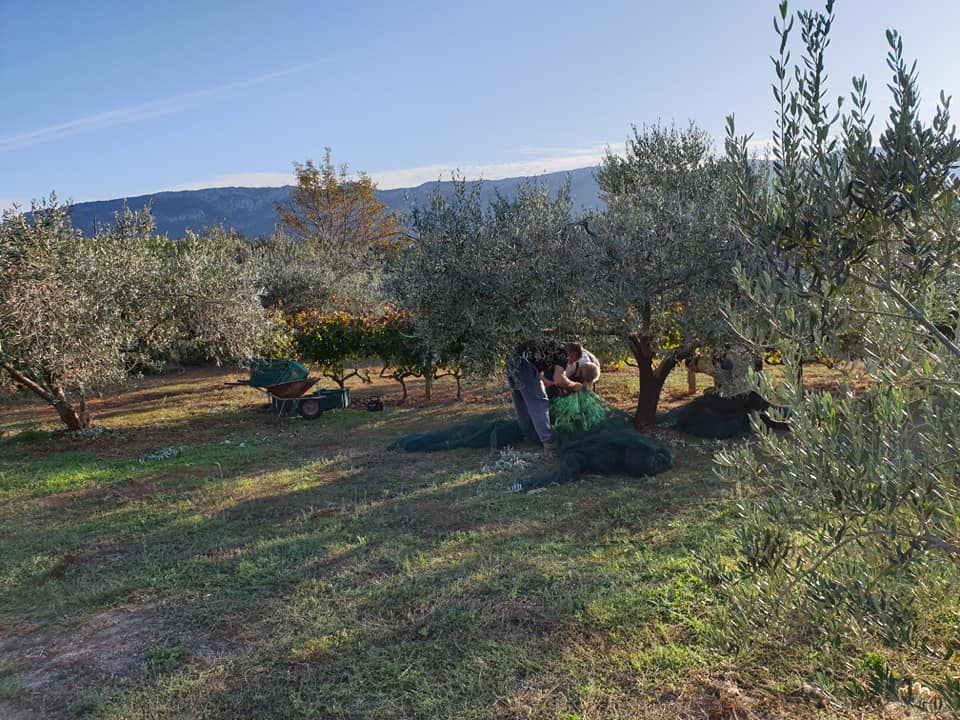
Peace. Tranquillity. Nature. Whatever your stresses elsewhere, you can leave them behind in the field. And the hand-picking technique is still required for trees which are less productive, as close to Nature as you can get.
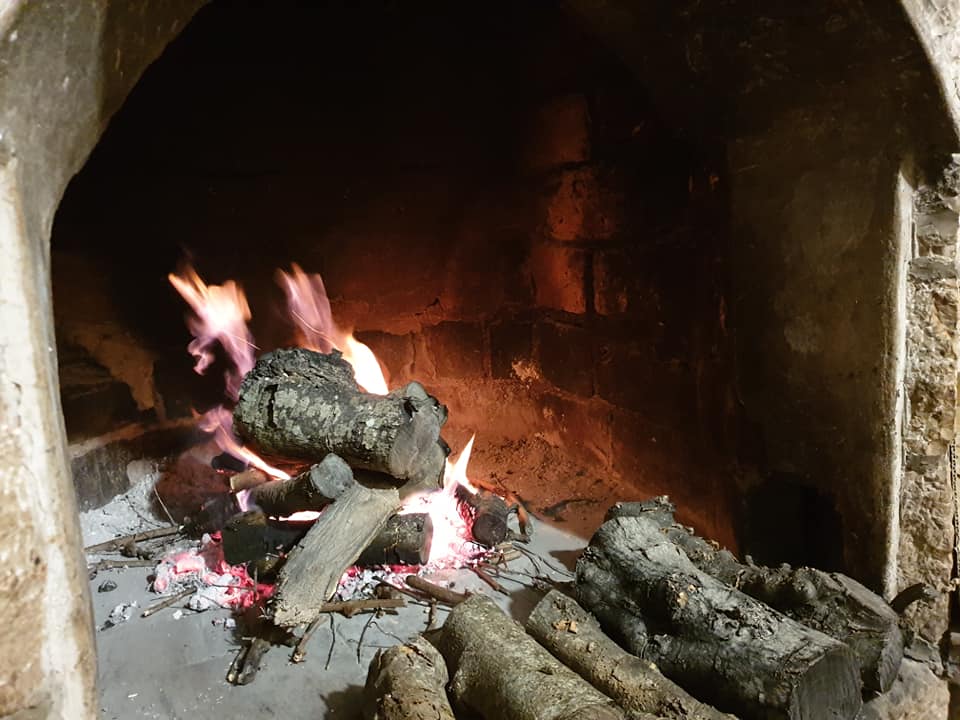
The highlight of any olive harvest, apart from picking that final olive, comes at the end of the day - rostilj! the grill!

The quality of an olive harvest lives long in the memory when measured by the quality of the feast which follows, and in this regard, my Punac never disappoints.

An impressive seven kilos of fresh fish, with additional sardines, were served up with salad and wine from ingredients in the field. The simple Dalmatian lifestyle at its very finest.
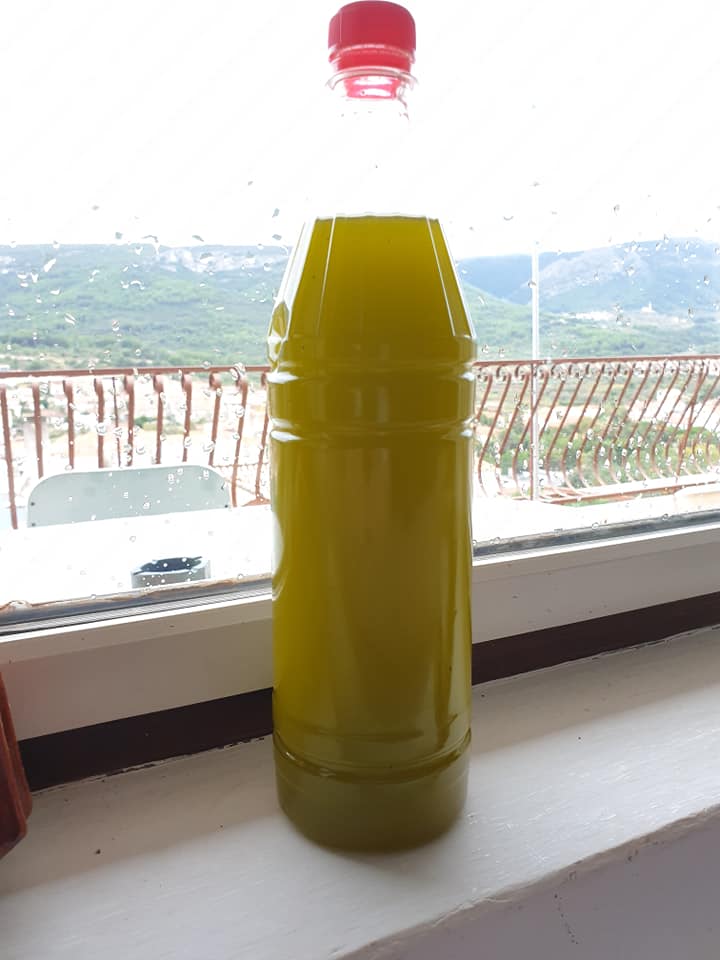
The job complete, thoughts of a return to home to our regular lives. A division of oil for the parting family, and a sigh of relief that the olive harvest timing had been so perfect. Our 3.5 days of picking in the sun were replaced with rain the following morning.
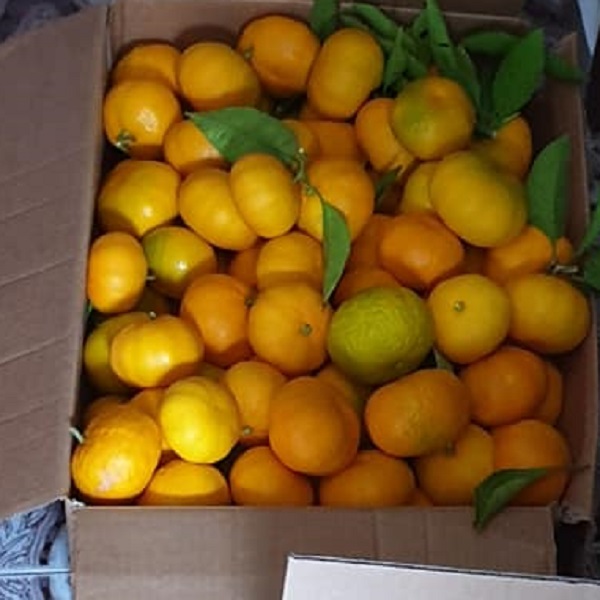
And why limit yourself to the olive grove, when there is so much goodness in the family field? Boxes and boxes of mandarins were filled from the family trees, destination Zagreb and Varazdin.
And so it came, the end of another olive harvest, and the ferry back to Split and onwards north. Thank you dear Punac and Punica, you are the best. Will see you in November 2020 in my finest olive picking attire.
World Olive Picking Championship to be Held on Brač
Postira, a small town and municipality on the island of Brač has been organising the unofficial World Olive Picking Championship for the past two years, and in 2019 the third edition of the prestigious competition will be held from the 10th to the 13th of October.
The aim of the event, organised by the Tourist Board and the Postira Agricultural Cooperative, is to promote the lifestyle linked to the olives, olive growing, picking, making olive oil and other connected activities. Last year the competition saw participants from 11 European countries: Slovenia, Hungary, Montenegro, The Netherlands, France, USA, Great Britain, Sweden, Bosnia and Herzegovina, Spain and local participants from Croatia (people from Postira and Dol, who are "playing" at home. The list of the participating countries obviously includes some Mediterranean countries, where the tradition in the production of olive oil goes back for centuries, but also there are non-Mediterranean coutries, with no tradition whatsoever.
In 2018 the hosts, Croatian team, won the competition with 67 kilograms of olives picked. The runners-up were the team from Montenegro, and the podium was completed by team Slovenia, to keep everything amongst the neighbors.
The rules of the competition state that the teams are made up of four members (two female and two male pickers), and there are several categories of olive picking in which the teams will face off: the traditional "na sakete" picking method (meaning "on the bags"), as well as the modern picking methods, using shakers and rakes. In addition to the competition itself, workshops, tastings (wine and other kinds!), tours and entertaining will be held.
The competition is one of the many things held on Brač each year after the very intense high-tourist season. After the succesful inaugural edition held last year, the Orienteering Club Maksimir will organize O-BrOČ, the Brač Orienteering Championship, a four-day event expected to bring several hundred nature-lovers and runners to Brač this year (hopefully, to a somewhat nicer weather than last year!)
The Happiest Moment of the Year for a Dalmatian
November 6, 2018 - Where to find a Dalmatian at this time of year? In the field of course, for the olive harvest is in full swing.
The olives are calling...
The longer I live here, the more I notice that some Dalmatian ways of life have become my own these days. And although I am very happy with my continental living near Varazdin these days, the end of October traditionally brings with it one of the most important family bonding experiences for most Dalmatian families - the olive harvest. Dalmatians are rightly proud of the quality of their olive oil, and multiple generations of the same families head to the family field to start to pick the fruit of the trees that will give them their edible liquid gold for the next year.
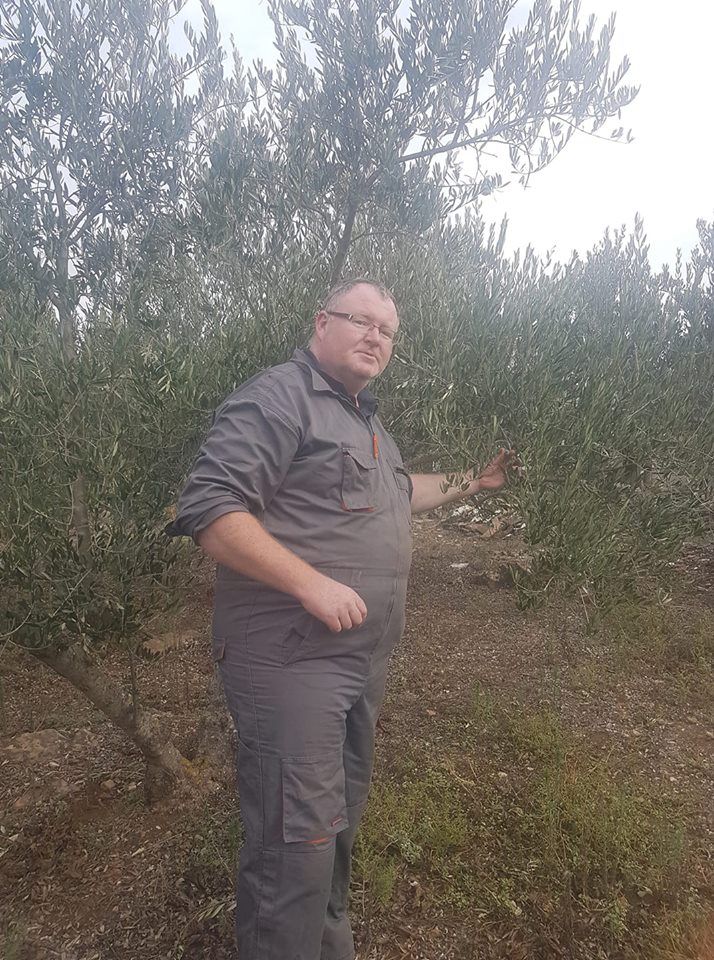
We too would help with each harvest, but this has become less practical with the move up north, but a window presented itself last week with the public holiday for All Souls Day, with Friday also a day off school. A 1,000 km round trip including 4 hours sitting on ferries to pick olives over a long weekend? I was becoming Dalmatian indeed, and my father-in-law, grateful for the help of 8 extra hands, was happy to make sure I looked the part.
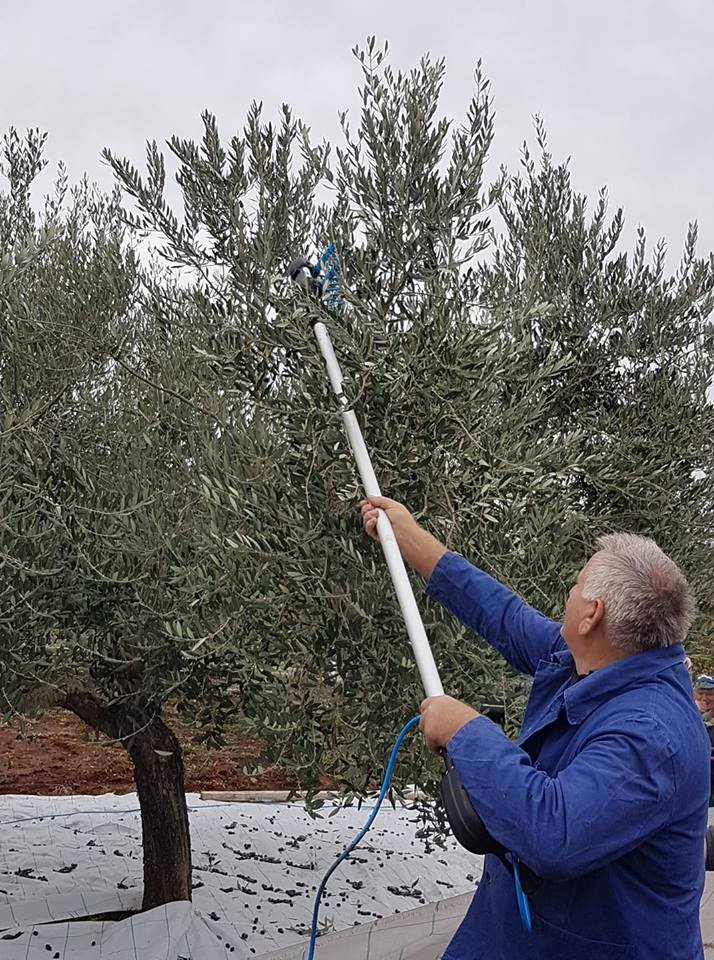
And although the extra hands did great work, the real star of this year's harvest was this little tool that he brought to the party. After decades of painstaking hand-picking, this battery-powered gem shook the olives from the trees onto the tarp below, with us holding the tarp above our heads to catch any flying ones, before hand-picking any the machine had missed. It felt a little like throwing a grenade to kill the enemy, then going to finish off any survivors with bayonets.
Although the machine pick reduced our picking time from 10 days to 2.5 for the 80 trees, meaning we could accomplish all during the weekend, there was a tinge of sadness in this technological progress. The tradition of hand-picking olives is on the decline, but more than that, I realised just how many trees that were being harvested just a few years ago were probably not being picked this year. With the crushing emigration from Croatia and increasingly busy lives of the younger generation, not all young families are now able to help the grandparents in the field.
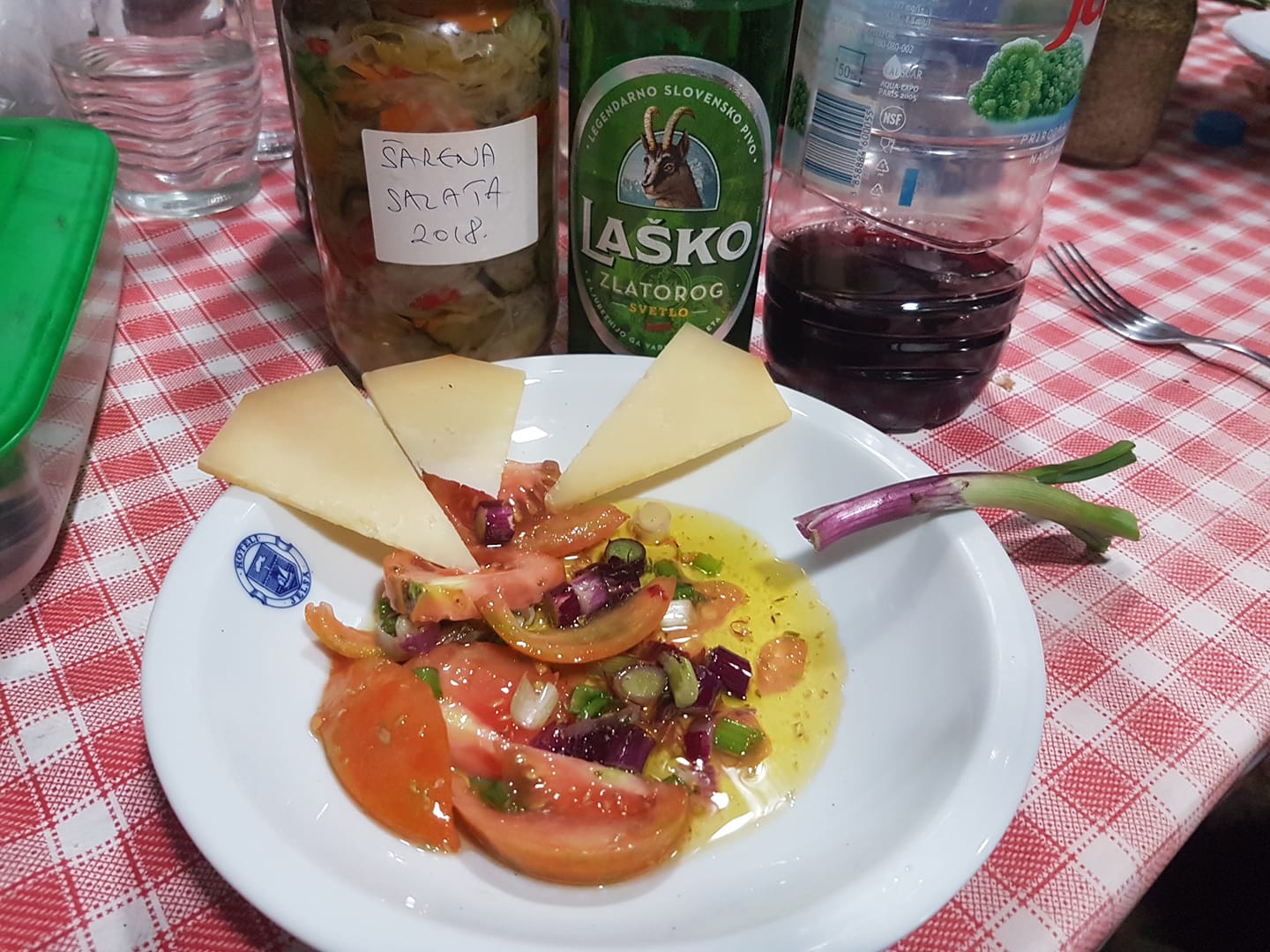
The daily marenda - or late morning snack - with home-produced goodness, laced with olive oil of course. Enough to keep the workers sated until the bigger gourmet event later in the day. I love the simplicity of eating in the field. Wine in plastic bottles, pickled goodness packed in jars and labelled. No airs or graces, just good company and great food and wine.
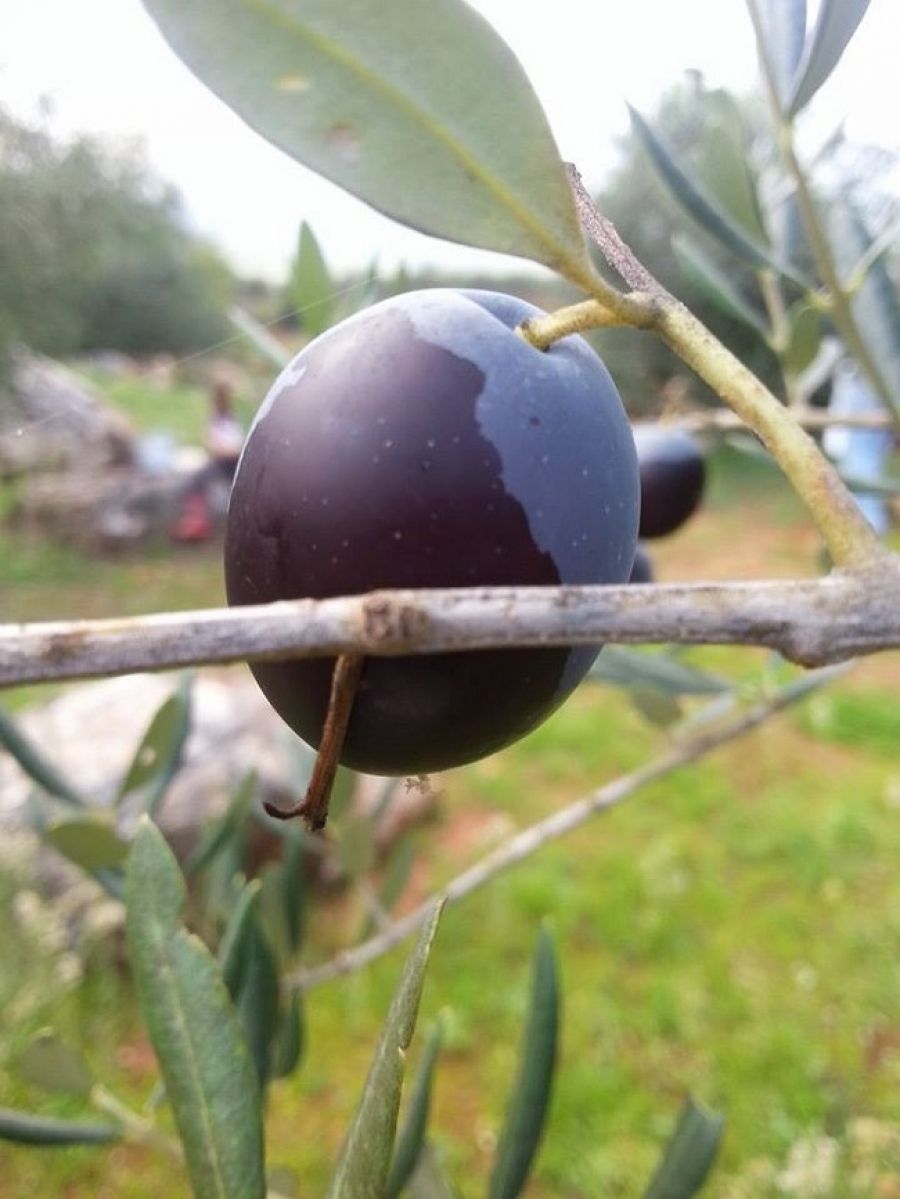
As nice as it is to be out in nature catching up with family, by day three, olive picking can begin to get a little dull. Until one experiences the euphoria of the happiest moment of the year - picking the last olive! Pure bliss.
This is quickly followed by the second most memorable moment of the olive harvest - the only thing to decide? Meat or fish.

Our bodies weary, despite the help of the magic machine, we headed home feeling worthy, and with several litres of extra virgin olive to get us through the winter, and there was a VERY nice surprise upon our return - olive oil from Istria.

And not just any olive oil from Istria, but olive oil from Chiavalon, whose oil has been featured in the top 15 olive oils in the world. Amazing oil, amazing story - learn more about Chiavalon and their new web shop here.
Olive Production in Croatia Increases by 220 Percent
Croatian agricultural production varies from year to year.
For the Love of Olives: A Britist Expat Has First Harvest on Brac
A first guest blog from Helen Milsom, an expat living in Split. There is nothing quite like one's first olive harvest...
I can’t help feeling slightly amused by writing this piece. Mostly because of the fact I don’t love olives. I was always that person who would try to discreetly pick them out of food served with them. In recent years I have acquired a slight fondness and no longer pick them out. There is hope.
.jpg)
However, I do love olive oil and have been researching olives and olive oil production here in Croatia for possible export along with other foods. I recently spent 5 wonderful days in scenic Istria visiting many olive growers. Finding out about the volumes they produce and of course tasting. Tasting varieties of oils, like tasting wines, would take time to fully appreciate the differences of course. The hospitality of the people I met along the way was always warm and friendly. Often being asked to join a family for a meal and some wine was a special treat.
.jpg)
Many of the people I met in Istria were aware that in Dalmatia some of the olive growers will soak their olives in sea water for a period of time after the harvest and before the olives go to the mill to make the oil. They could not see the reasoning for this as they make it a point to harvest and get the olives to the mill as soon as possible. So I wanted to find out why.
.jpg)
Upon returning to Split it was getting close to harvest time. A neighbour made an arrangement for me to help out on the family farm in Sutivan on Brac. Her father was to meet me at the ferry and I would stay in her apartment above the family home. I had never met this man nor any of my neighbours’ family for that matter.
.jpg)
My introduction to Tomislav Miletic. Standing at almost 2 meters he was not hard to spot upon my arrival. Oh so friendly and loves to joke. He met me along with his second cousin Marina who had arrived on an earlier ferry. Leaving the dock we drove the short distance to Sutivan. The apartment had been stocked with food and other provisions, although I ate all my meals with the family. The 3 of us then drove all of 5 minutes away to the farm or as Tomislav calls it the Ranc. The Ranc is on a terraced hillside overlooking Sutivan with the sea beyond and view of Split and mountains in the distance. There is a small building with couches, table and cupboards for food, dishes etc. On the walls are framed certificates of awards for the olive oil, family memorabilia and the family coat of arms dating back 1627. The Miletic family have had the property during all that time. Attached to the small building is a covered outside area with 2 large tables, a wood burning stove and a bbq area. There is no electricity. Tomislav calls the ranc “my heaven” and says he spends a lot of time there, sometimes even sleeping over.
.jpg)
There are about 350 trees on the property and at least 50 of the trees are 400 years old. The remaining are no less than 200.
Right, so up at 6am the next morning. 2 cups of tea for this English lady, then onto the back of a scooter and off to the ranc. Upon arrival I put on an apron with a big kangaroo pouch in front. I met other family members up at the top of the property and started picking. The olives are picked by hand. No machinery or rakes. There is something nice about knowing each and every olive has been touched by a human hand. I learned very quickly not to fill my apron too full before pouring out and depositing into the buckets. Oh my aching back. While I was absolutely not the fastest picker, I did get into a rhythm.
.jpg)
About 11-11:30 each day we would stop and take a break. Loaves of bread laid out, cheese, ham, hard boiled eggs, anchovies, sardines, and mandarins. Of course olive oil….and wine! After the break it was back to the trees. Each filled bucket would be poured into mesh bags then weighed. The bags then placed in huge containers, containing seawater! Ah ha! So what is that all about? Tomislav says he’s been doing that for years and is adamant that it helps draw out any bitterness from the olives. Once all the olives have been harvested they will continue to soak for at least another 5 days before going to the mill.
.jpg)
We had beautiful weather during the harvest. Fresh cool mornings gradually heating up in as the day wore on. Mind you even though at times I would feel quite warm in the afternoon, I kept long sleeves on. Oh my scratched arms. At the end of each working day we would be treated to a wonderful dinner. Fresh caught mackeral on the fire, chicken, sausages, beans, cabbage, salads…..all sorts. Nobody stayed up late needless to say as the next day would be another long one.
While picking each day sometimes there would be several of us working on the same tree and other times when more family arrived we would be spread out among 2, 3 or 4 trees. There was a lot of chit chat, most of which I could not understand. Note to self, contact Croatian language teacher to resume lessons. Most of the conversation was the family catching up with each other, having a joke, talking politics and the like. There was plenty of laughter, banter and other times quiet. I’d catch myself “zoning” out and just being with my own thoughts and feelings. Often I’d look up from the branches and look out gazing over the picturesque vista. Beautiful and peaceful at the same time.
.jpg)
On the morning of Sunday November 1st Liljana Miletic suggested I might find it interesting to join some other family members and see where the family graves were near St.Roka church and to also visit the catacombs in the cemetery. After following a procession to the cemetery we laid flowers and lit candles at the family grave. Then walked over to what looked like raised graves with windows. They were porthole windows to the catacombs below. Beyond was a small structure with a door open and winding staircase down to the catacombs. There are rows upon rows of numbered graves stacked on top of each other. Half way up there is a track with a platform that can move along amongst the graves. I was told the graves are there for people who do not have money for an expensive burial or for people who have nobody and died alone. It was sad for me. Still, I appreciated having had the opportunity to see this.
One day I was taken to the mill in the tiny town of Lozisca. It was all systems go there as many other farmers are starting to bring in their olives. I met the owner who allowed me to carefully walk about and take photos. This is where Tomislav would be bringing his olives as he prefers their traditional cold press method.
.jpg)
Each mesh bag is weighed again and poured in to a large container where the olives get a good rinse. From there they are shot out into the grinder. A quick process. The ground mash then comes out at a controlled speed by an operator and onto round mesh mats that rotate. Once the mat is covered it is stacked on a pile until there are approximately 60 mats with layers of olive mash in between. The stack gets wheeled over to a hydraulic press where 400psi of pressure is applied. This is done for 1 hour and during that time you can see the oil and water seeping through the mats and down the sides. The oil/water goes through a filter to capture any bits that may have got through the mats. Then onto a large tank where the water and oil separate and each is extracted into different containers. It was a treat to sample the freshly pressed oil. Once the hour is up the stacks are moved off the hydraulic press and each mat is cleared of the remnants and will later be used in animal feed.
.jpg)
After the visit to the mill we did go to another mill that uses a more modern way to extract the oil. Warm press. It’s likely faster and uses a centrifuge. Mr.Miletic prefers the cold press as he feels the warm press interferes with the integrity of the molecular structure of the oil and does not have as long a shelf life as cold pressed oil.
We finished the harvest in 6 ½ days. Had a final finished the harvest meal and then packed up. The next day as the ferry pulled away from the dock it was yet another gorgeous warm sunny day. I had a big smile on my face and reflected on my week. I was so glad to have participated in the harvest, learn more and most of all spend time with a lovely family. Hvala liepa Obitelj Miletic. So that’s “olive” of it. Had to “squeeze” that in…..hahaha. Groan



